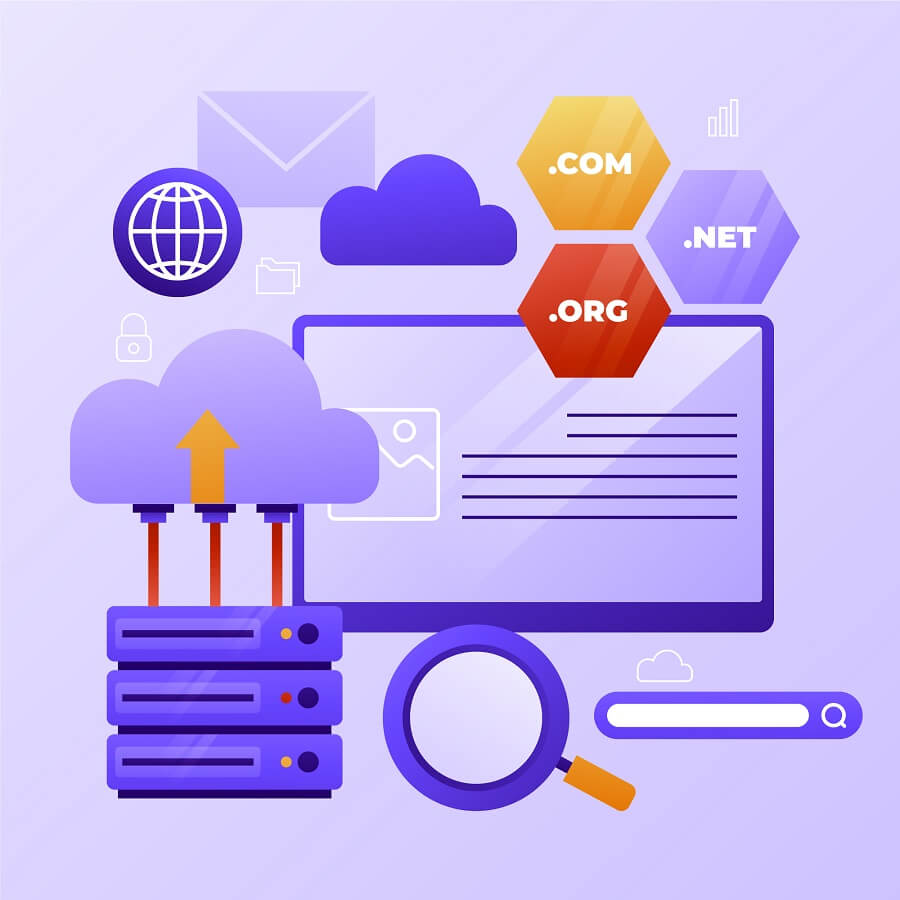What is a reverse proxy?
A reverse proxy is a server that sits between client devices and backend servers, forwarding client requests to the appropriate server. It acts as an intermediary that helps manage traffic, enhance security, and improve performance. Unlike traditional proxies, reverse proxies handle incoming requests from the internet to your servers, providing features like load balancing, caching, and SSL termination.
Why are reverse proxies important?
Reverse proxies are crucial because they provide enhanced security, improved performance, and better resource management for web applications. They act as a protective barrier for your backend servers, help distribute traffic loads efficiently, and can significantly improve response times through caching. This makes them essential for maintaining reliable, secure, and scalable web infrastructure.
What types of features do reverse proxies offer?
How do reverse proxies maintain security?
How do I get started with a reverse proxy?
What are the benefits of reverse proxies for businesses?
Reverse proxy implementation encompasses various elements, including load balancing, SSL termination, caching mechanisms, security features, and performance optimization. Key aspects include traffic routing algorithms, security protocols, caching strategies, and monitoring capabilities. Using the right combination of these elements ensures your web infrastructure operates efficiently and securely.
Reverse proxies maintain security through multiple layers of protection, including DDoS mitigation, IP filtering, and SSL/TLS encryption. They can detect and block malicious traffic, hide server infrastructure details, and provide robust access controls. Regular security updates and monitoring ensure the proxy continues to protect against emerging threats.
Implementation starts with selecting the right reverse proxy solution for your infrastructure needs. You'll need to configure the system with your server settings, security requirements, and performance parameters. Many solutions offer integration options with existing web servers. Regular monitoring and optimization ensure the proxy continues to meet your performance and security standards.
Reverse proxies help businesses improve website performance, enhance security, and manage server resources effectively. They can reduce server load, improve response times, and provide better protection against cyber threats. This enhanced infrastructure often leads to better user experience and more reliable web services.

























